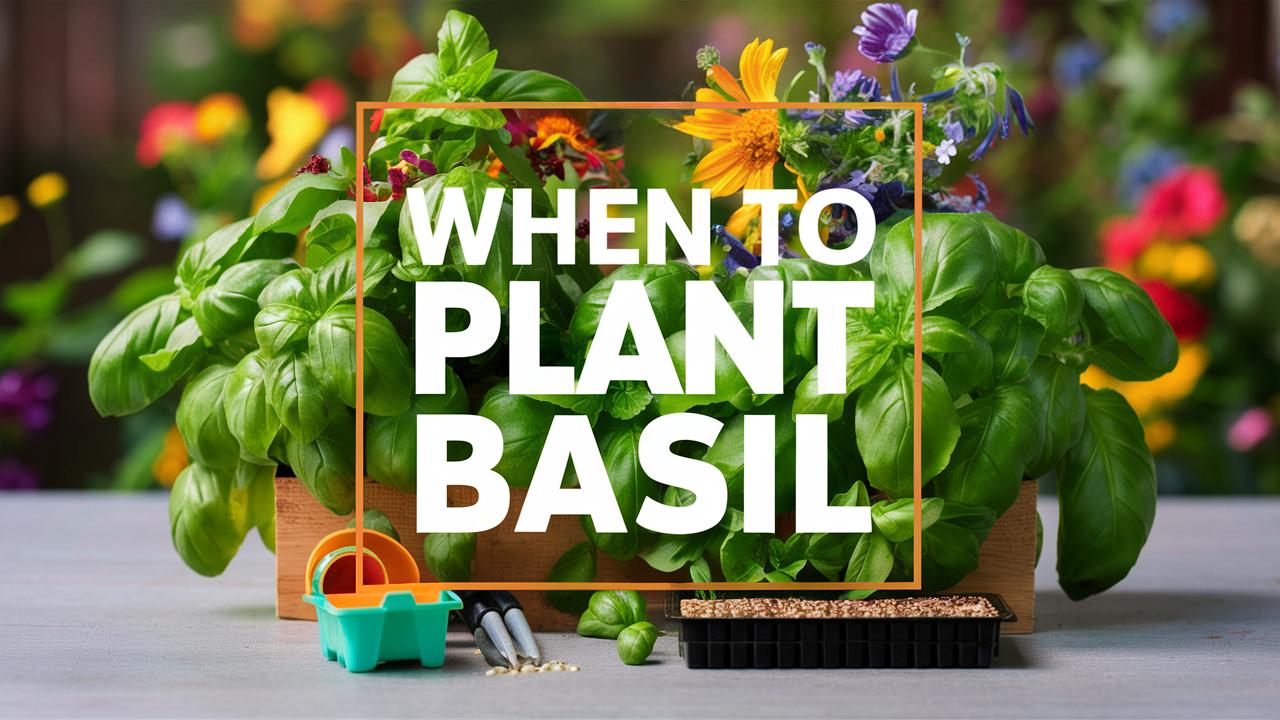In this guide, we will explore the various factors that influence the timing of basil planting, including climate, local conditions, and cultivation methods.
Understanding Basil
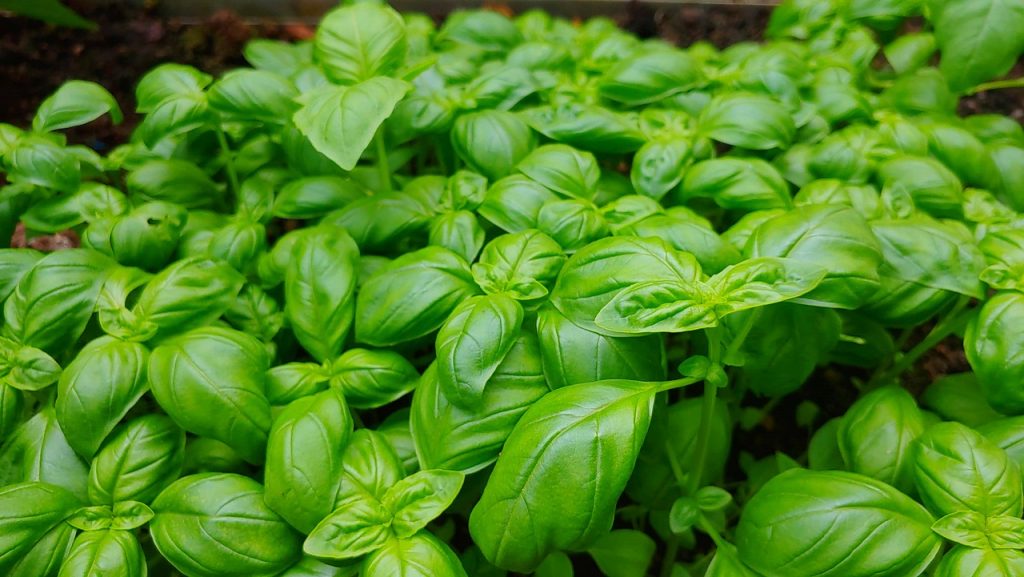
Before discussing planting times, it’s essential to understand what basil requires to thrive. Basil is a tender annual herb, which means it flourishes within a single growing season and is not frost-hardy. It features lush green leaves that can vary in shape and color depending on the variety. Not only does basil serve as a delicious addition to numerous recipes — from pesto to salads — but it also boasts a plethora of health benefits, including anti-inflammatory properties and high levels of antioxidants.
Climate Considerations: The Perfect Environment for Basil
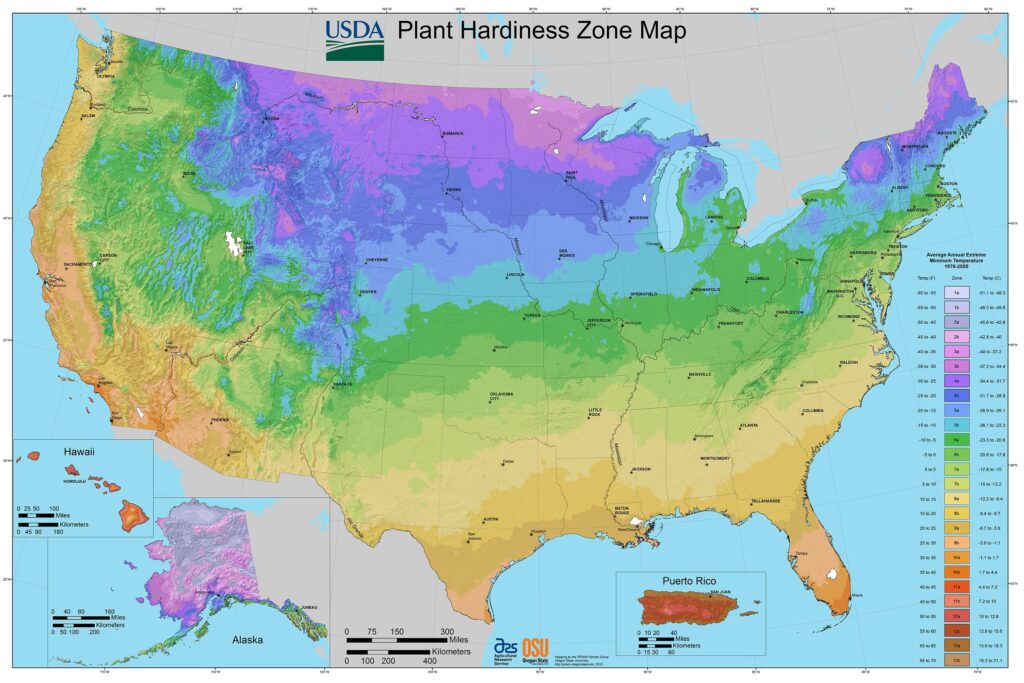
Basil is a Mediterranean herb, which thrives in warm, sunny conditions. It loves temperatures between 70°F to 85°F (21°C to 29°C) and will struggle in temperatures below 50°F (10°C). When considering when to plant basil, take note of the seasonal climate in your area.
Frost Dates and Planting Schedules
To determine the best time to plant basil, you first need to know your local frost dates. Basil is highly sensitive to cold temperatures and will suffer or perish if exposed to frost. Generally, it’s best to wait until after the last frost date in your region to sow basil seeds or transplant seedlings.
For example, if you live in USDA Hardiness Zones 8 and above, you can start planting basil outdoors in mid to late spring. However, those in cooler climates (Zones 3-5) should wait until late May or even early June.
Signs of Warmer Weather
You can also rely on temperature cues beyond just the frost dates. Keep an eye on nighttime lows; once nighttime temperatures consistently remain above 50°F (10°C), it’s a green light for basil planting. Additionally, if you notice local trees and plants beginning to show their foliage, it may be time to kick off your basil gardening.
Starting from Seed: Indoor Versus Outdoor Sowing
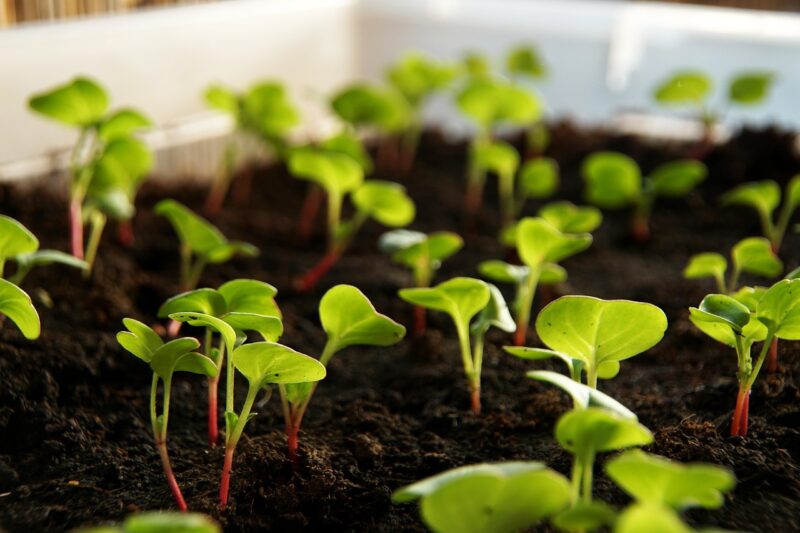
The method you choose to establish your basil plants may affect your planting timetable. You can opt to sow seeds directly into the garden or start them indoors.
Indoor Seed Starting
If you choose to start your basil seeds indoors, aim for 6-8 weeks before the last expected frost date. Use seed trays or pots filled with seed-starting mix and keep them in a warm area with ample sunlight. A grow light can also help if natural light is insufficient.
Starting indoors allows for earlier germination and a more extended growth cycle, ultimately leading to a more robust plant. By the time you transfer your seedlings outdoors, they will be established and capable of weathering the adjustment.
Direct Sowing Outdoors
For those who prefer not to fuss with indoor seed starting, you can directly sow seeds outdoors after the last frost. Ensure the soil is warm enough, ideally above 70°F (21°C), as basil seeds need warmth to germinate effectively.
The first step in direct sowing is to prepare the soil thoroughly; basil prefers well-draining soil rich in organic matter. Mix in compost to provide the necessary nutrients. Create rows and sow your seeds sparingly, as basil can become overcrowded if not managed properly.
Transplanting Seedlings: The Right Timing
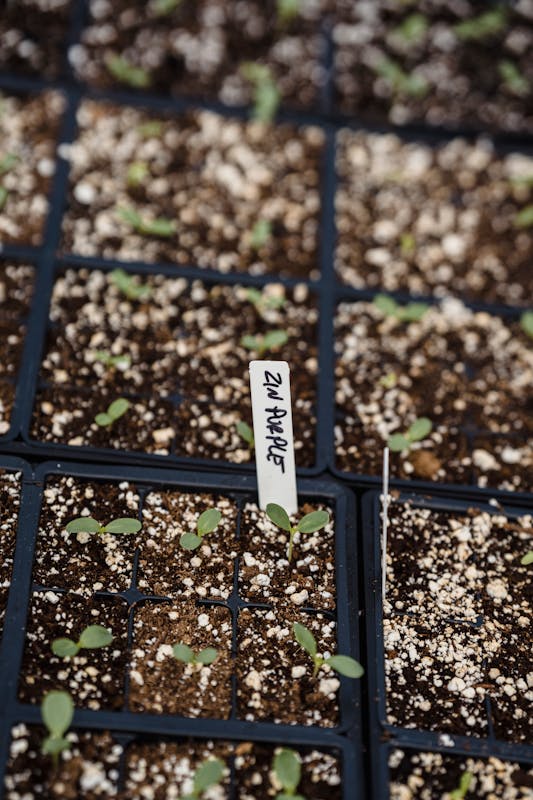
If you’ve started your plants indoors, it’s crucial to time the transplanting appropriately. The seedlings should be hardened off before being introduced to outdoor conditions. This process typically takes about one week and involves gradually acclimating your seedlings to the external environment.
Hardening Off Your Basil Seedlings
To harden off basil seedlings, select a sheltered and shaded area and place them outdoors for a few hours initially. Gradually increase the time and exposure to sunlight over several days. By the end of the hardening off period, your seedlings should be able to handle full sun exposure and fluctuations in temperature.
Choosing the Right Planting Day
It’s best to transplant seedlings on mild, overcast days to reduce stress on the young plants. A cloudy day minimizes temperature fluctuations and helps decrease the shock of transitioning to outdoor conditions. Aim to transplant basil seedlings into raised beds or garden plots in well-prepared soil.
Basil Varieties: Timing Based on Type
Basil comes in numerous varieties, and while they all flourish under similar conditions, certain types may have unique considerations regarding their timing.
Sweet Basil
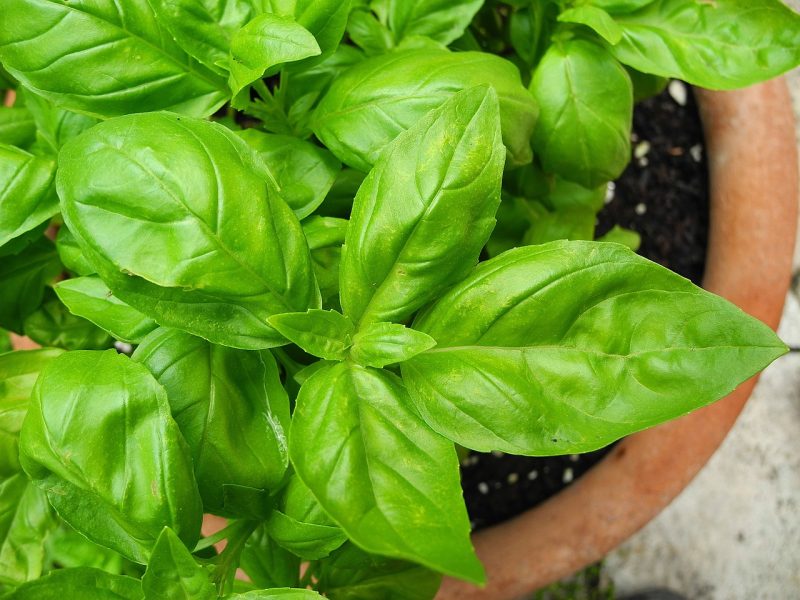
This most common variety is typically used in culinary dishes and is generally sown around the same time as the last frost. Sweet basil thrives well in warm climates so for regions with short growing seasons, starting indoors is often a wise choice.
Genovese Basil
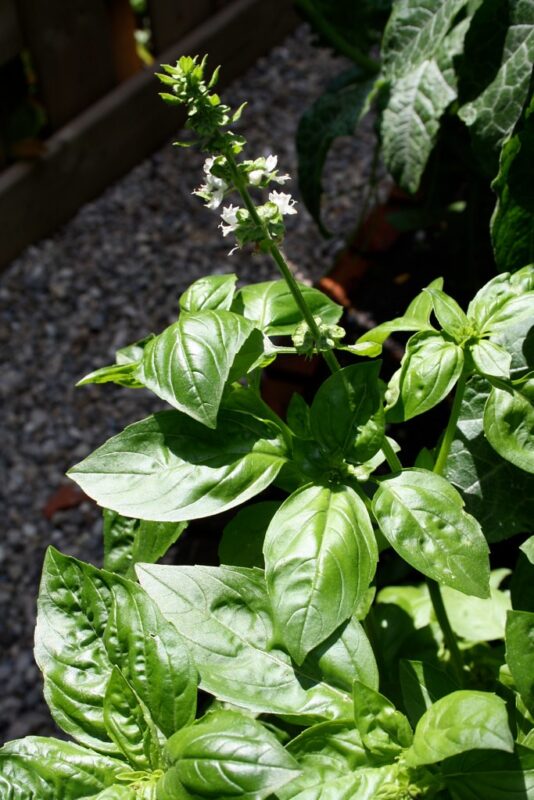
Famed for its robust, aromatic leaves that are essential for pesto, Genovese basil needs similar climate conditions as sweet basil. Due to its delicate nature, opting for indoor starting ensures an earlier harvest of this revered variety.
Thai and Other Specialty Basils
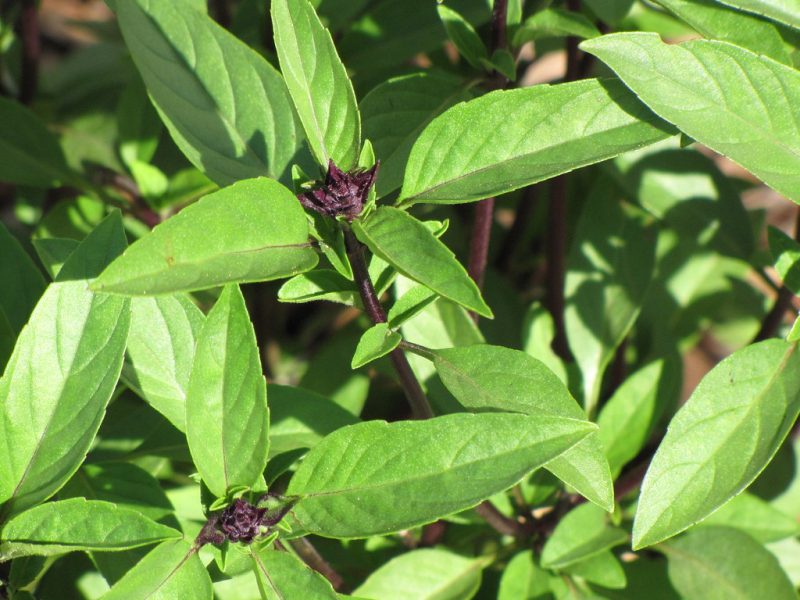
Thai basil and other specialty types, like lemon or purple basil, can also be started indoors or sown after frost has passed. However, they may have unique flavor profiles that require different care or environmental considerations once planted.
Soil Preparation and Care: Getting to Grow

Regardless of when you decide to plant basil, proper soil preparation is crucial for a successful crop. Basil thrives in well-draining, nutrient-rich soil with a pH level between 6.0 and 7.0.
Soil Amendments
When preparing your garden bed, consider integrating organic compost or well-rotted manure to enhance soil fertility. You may also need to test your soil’s pH and amend it accordingly; adding lime will raise the pH, making it less acidic, while sulfur can help lower it.
Moreover, basil appreciates moisture but does not like soggy roots. Ensure you have good drainage, especially if you live in areas with heavy rainfall or clayey soil.
Watering Techniques and Sunlight Needs
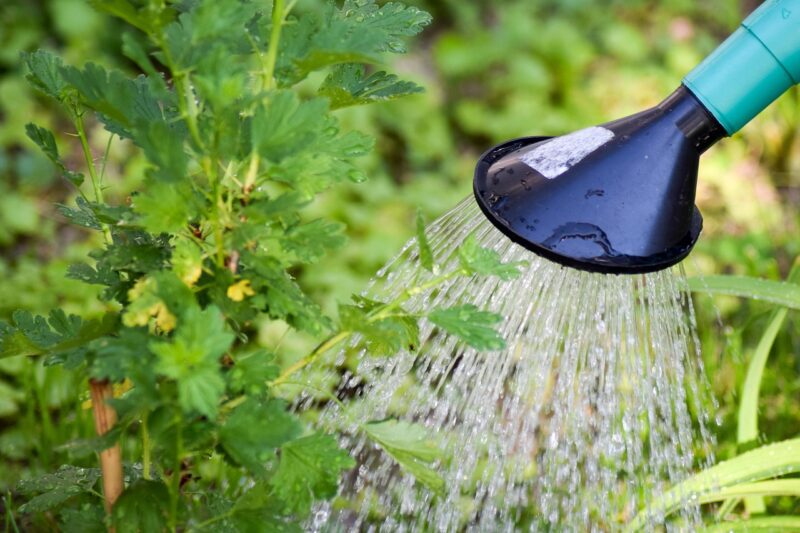
Basil loves sunlight and needs at least six hours of full sun daily for optimal growth. Position your basil plants in a location where they will receive adequate sunlight, preferably on the south or east side of your garden. Keeping the plants spaced out, ideally 12 to 18 inches apart, will ensure they receive the light they need without overcrowding.
Watering Best Practices
Water basil deeply but infrequently. This encourages deep root growth and helps plants become drought-resistant. Aim to water at the base of the plant, which helps prevent diseases that occur with excessive moisture on the leaves.
In particularly hot climates, basil plants may require more frequent watering as the top layer of soil dries quickly. Keep an eye on your plants for any drooping leaves, which is an indication that they may need additional hydration.
Seasonal Care and Maintenance
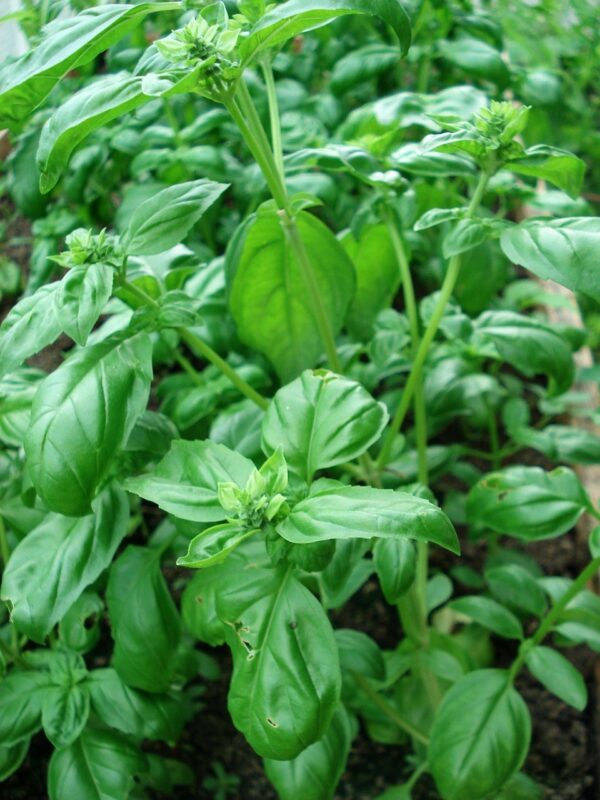
Once your basil is planted, ongoing care throughout the growing season is essential. As plants grow, pinching back leaves not only encourages a bushier growth but also encourages the herb to put energy into producing flavorful leaves instead of flowers.
Monitoring for Pests and Diseases
Pests such as aphids, thrips, and whiteflies can wreak havoc on basil plants. Monitor your plants regularly for signs of infestation. Introducing companion plants, such as marigolds, can help deter pests.
Additionally, assure good air circulation around your plants by not overcrowding them. Early detection and intervention can save you from larger infestations.
Ideal Harvesting Times
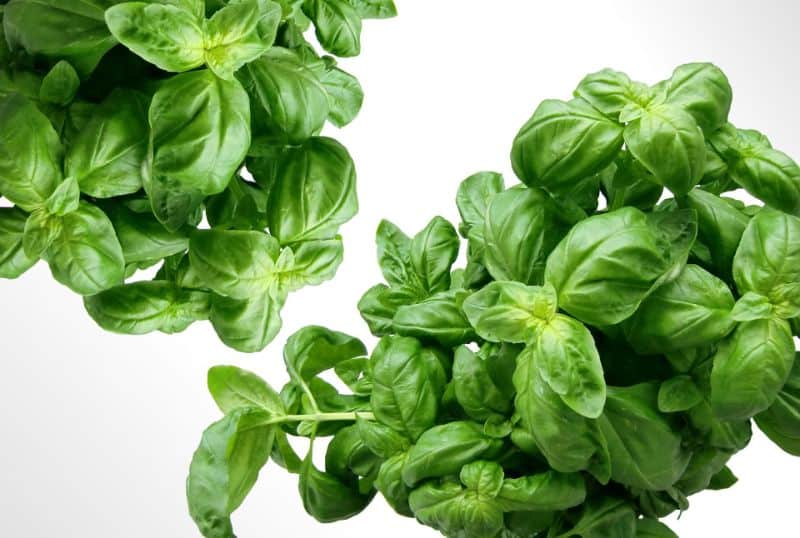
Ultimately, knowing when to plant basil is also tied closely to when and how to harvest it. A well-timed planting will result in a plentiful harvest throughout the summer.
Signs That Your Basil is Ready to Harvest
Basil leaves can typically be harvested when the plants are approximately 6-8 inches (15-20 cm) tall. You should start by picking the leaves on the top of the plant, as this encourages further growth in a bushier manner.
Avoid harvesting more than a third of the plant at any given time to prevent stress. Furthermore, be aware of the flowering period; basil plants will begin to flower as the weather warms up. While some gardeners enjoy the added aesthetic appeal, the flowers can change the flavor profile of the leaves. Thus, it’s wise to pinch off flowers as they appear unless you’re planning to let some go to seed.
Conclusion: Timing is Everything
In summary, knowing when to plant basil is an art guided by your climatic conditions, desired planting method, basil variety, and ongoing garden care. Proper timing, soil preparation, and maintenance culminate in a flourishing basil plant, ripe for harvesting.


